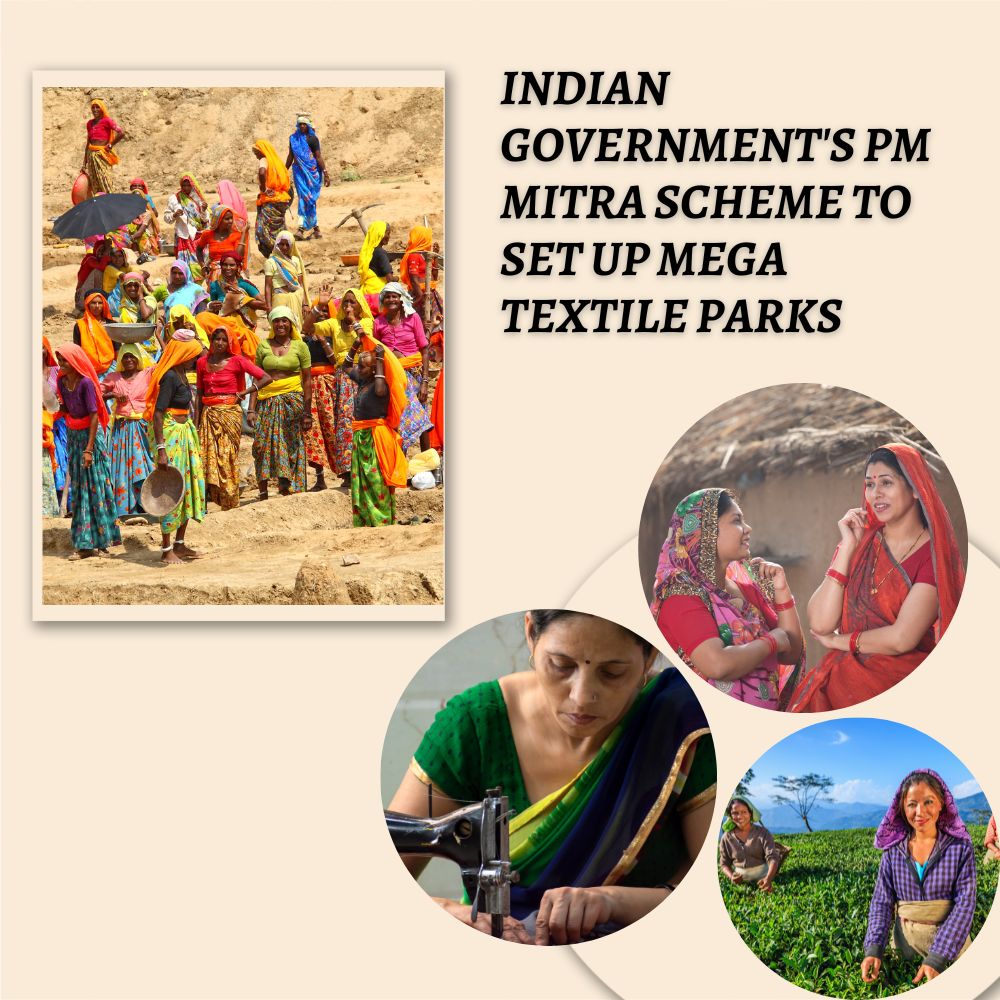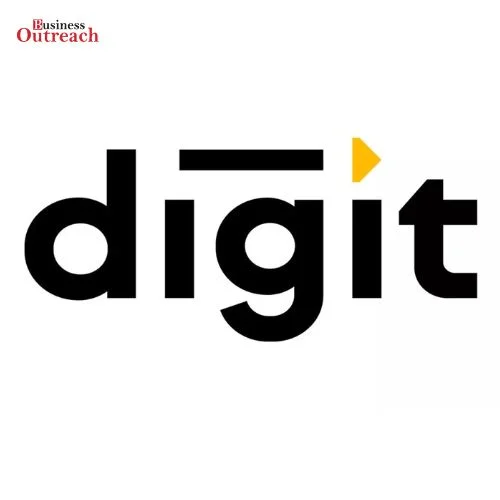The Indian government has announced its PM Mega Integrated Textile Regions and Apparel (PM MITRA) scheme to set up seven mega textile parks across seven states in India. The parks are expected to attract significant investment and create numerous jobs, providing state-of-the-art infrastructure for the textile sector.
The scheme was announced in October 2021 and will be implemented by 2026-27, with a total outlay of Rs 4,445 crore. In this article, we will discuss the features and benefits of the scheme, including investment, job creation, and environmental sustainability.
Features of PM MITRA scheme

The PM MITRA scheme aims to provide state-of-the-art infrastructure for the textile sector, attracting investment and creating jobs. Under the scheme, seven mega textile parks will be set up in Tamil Nadu, Telangana, Karnataka, Maharashtra, Gujarat, Madhya Pradesh, and Uttar Pradesh. The Ministry of Textiles evaluated the eligibility of the states and sites based on objective criteria such as connectivity, existing ecosystem, textiles, industry policy, infrastructure, utility services, etc.
The PM MITRA Parks represents a distinctive model in which the central and state governments will collaborate to boost investment, foster innovation, create job opportunities, and eventually turn India into a major hub for textile production and exports. The parks are expected to attract an investment of nearly Rs 70,000 crore, with employment generation for about 20 lakh people.
Benefits of PM MITRA scheme
The PM MITRA scheme is expected to boost the textile industry in line with the 5F vision – Farm to Fibre to Factory to Fashion to Foreign. The scheme will help solve several problems of the sector, which has been unorganized in the country, leading to increased wastage and logistical costs, impacting the competitiveness of the country’s textile sector. The cluster-based approach, a vision of the Prime Minister, is expected to bring in more organization and structure to the sector.
The environmental clearances will also be eased under the scheme, ensuring that the textile sector becomes more sustainable and eco-friendly. The Ministry of Textiles has selected the locations for the parks in a transparent manner, having considered 18 proposals from 13 states. The eligibility of the states and sites was evaluated using a transparent challenge based on objective criteria, ensuring that the scheme’s benefits are equitably distributed across the country.
Implementation of PM MITRA scheme
An SPV (Special Purpose Vehicle) owned by the Centre and State Government will be set up for each park, which will oversee the implementation of the project. The Ministry of Textiles will provide financial support in the form of Development Capital Support up to Rs 500 crore per park to the Park SPV. A Competitive Incentive Support (CIS) up to Rs 300 crore per park to the units in PM MITRA Park shall also be provided to incentivize speedy implementation.
Convergence with other Government of India schemes shall also be facilitated to ensure additional incentives to the Master Developer and investor units. The PM Gati Shakti- National Master Plan for Multi-modal Connectivity will also be used for validation.
Conclusion
The PM MITRA scheme is a significant step towards boosting the textile sector in India, attracting investment, creating jobs, and ensuring environmental sustainability. The scheme’s cluster-based approach is expected to bring in more organization and structure to the sector, making it more competitive and cost-effective. The transparent evaluation process of the eligibility of the states and sites ensures that the benefits of the scheme are equitably distributed across the country. The scheme’s implementation will be overseen by an SPV owned by the Centre and State Government, ensuring that the benefits of the scheme are efficiently and effectively realized.















